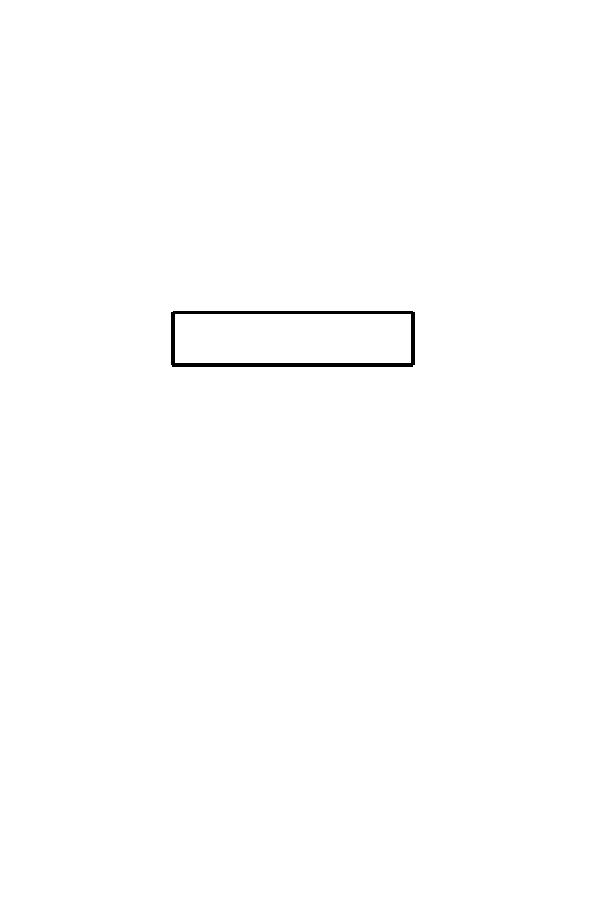

Custom Search
|
|

|
||
 Physical Tests. In addition to visual inspection, several physical tests are
available to aid antennae pole inspectors in determining the presence of
biological damage. Some of these methods are very basic while others
involve sophisticated electronic equipment. In all cases, considerable ex-
perience is required to interpret the results, especially with the newest
non-destructive testing devices for wood poles.
Sounding. Sounding is a common method of inspecting poles for internal
voids. The pole is firmly hit with a hammer from ground level to as high as
one can reach. A crisp sound usually indicates the pole is solid, A dull
sound thus indicates wet and possibly rotten wood and a "drum" sound
indicates a void.
WARNING
Sounding Usually Detects Only The
Worst Poles.
To develop experience, poles that are sounded should then be bored to
confirm which defects are actually present.
Boring. Where decay or insect attack is suspected, the pole is generally
bored for confirmation. Increment borers (Figure 1-4) are most commonly
used. The core can be closely examined at the site and also saved for later
culturing or microscopic examination. An effective, but simple way to save
increment cores is to insert them into soda "straws", seal the ends and label
for identification. Protected in this manner, increment cores can be
shipped to a laboratory for biological studies,
Poles that sound suspicious should be bored near deep checks and at the
pole base or at ground line. If rot is detected, the poles should be bored at
three or four points around the circumference. The shell thickness, depth
of preservative treatment, and pole circumference are determined. Re-
quirements for replacement, reinforcement, field treatments or schedules
for reinspection can then be determined.
When boring holes above ground, the tool should be oriented slightly
upward. This prevents water from accumulating in the hole. All openings
made during inspection should be treated with a registered preservative
and plugged with preservative-treated dowels. Protective goggles and
other safety equipment, as appropriate, should be worn.
1-10
|
 |
|
 |
||